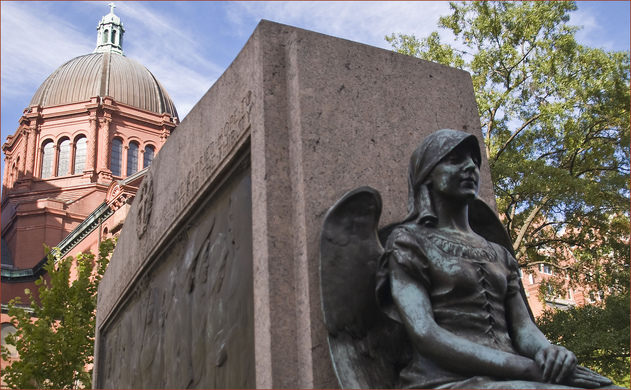Women Who Served as Nurses for the Union Army Soon after the Civil War began, the United States government established the Army Nursing Service and appointed Dorothea Dix as its Superintendent of Women Nurses. The 60-year-old Dix quickly established stringent qualifications for her volunteer nurses. Image: Civil War Nurses Memorial Washington, DC Each nursing candidate had to be “past 30 years of age, healthy, plain almost to repulsion in dress and devoid of personal attractions.” They had to be able “to cook all kinds of low diet” and avoid “colored dresses, hoops, curls, jewelry and flowers on their bonnets.” They could not associate with either surgeons or patients socially, and they must always insist upon their rights as the senior…
